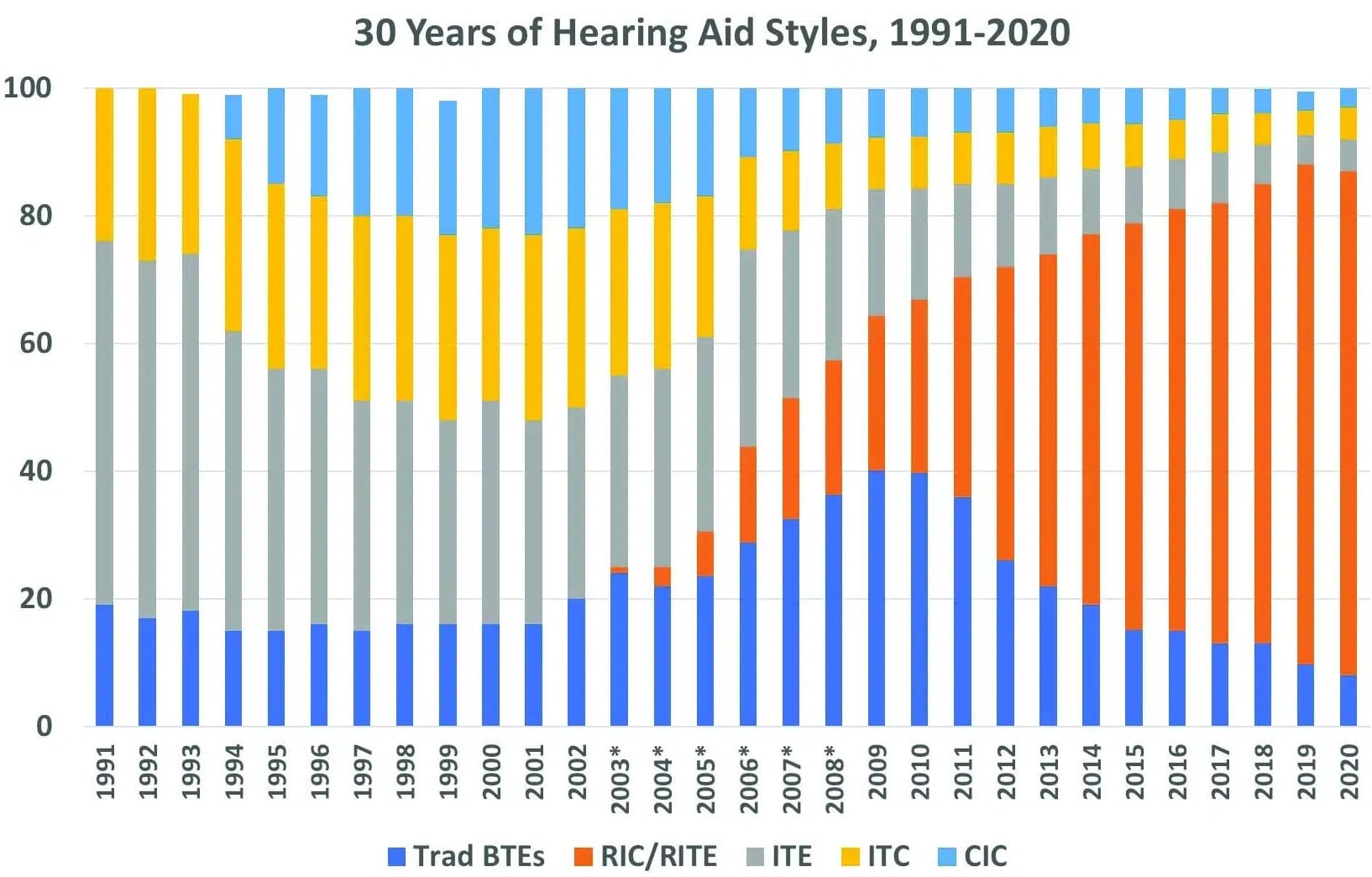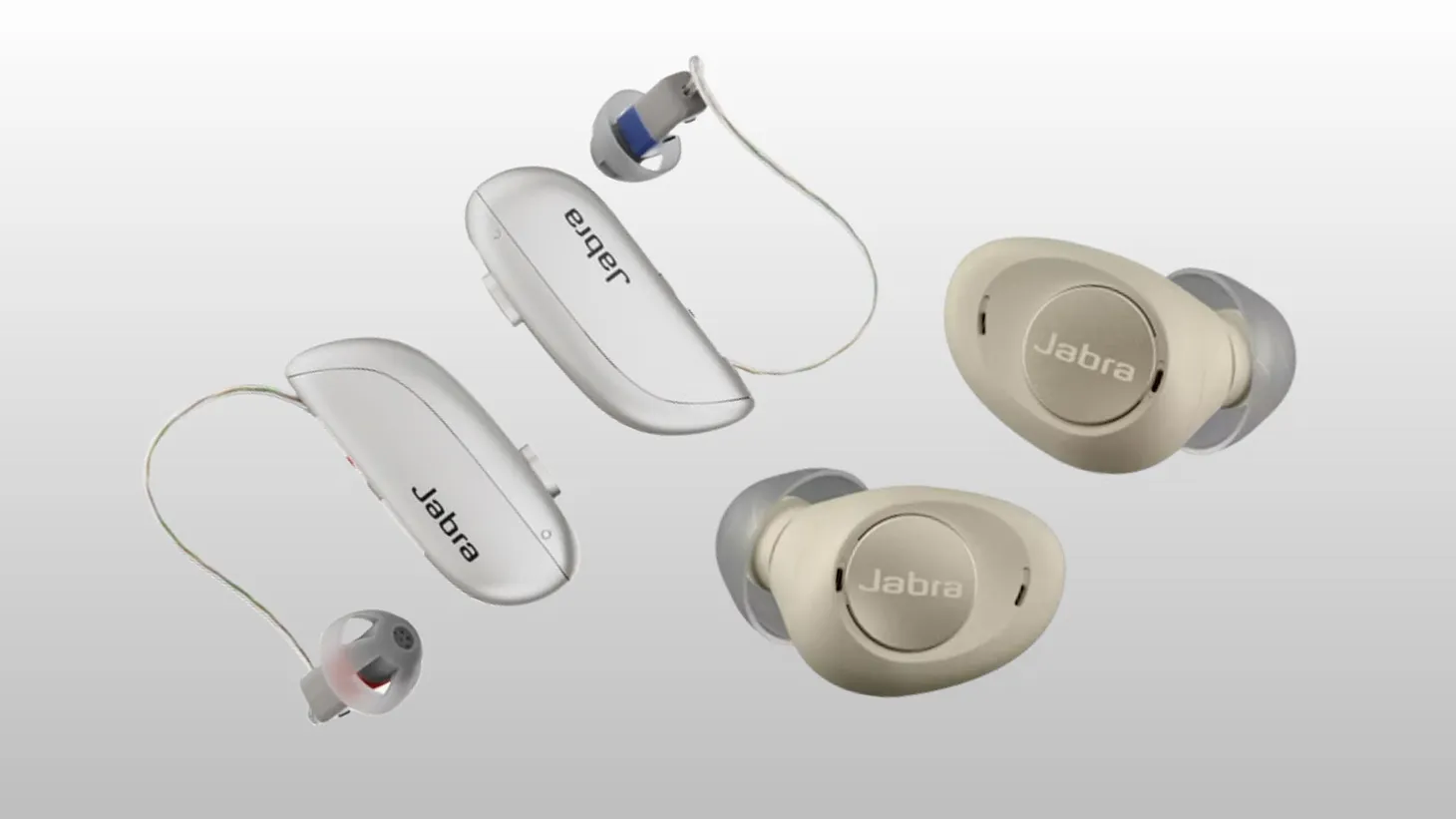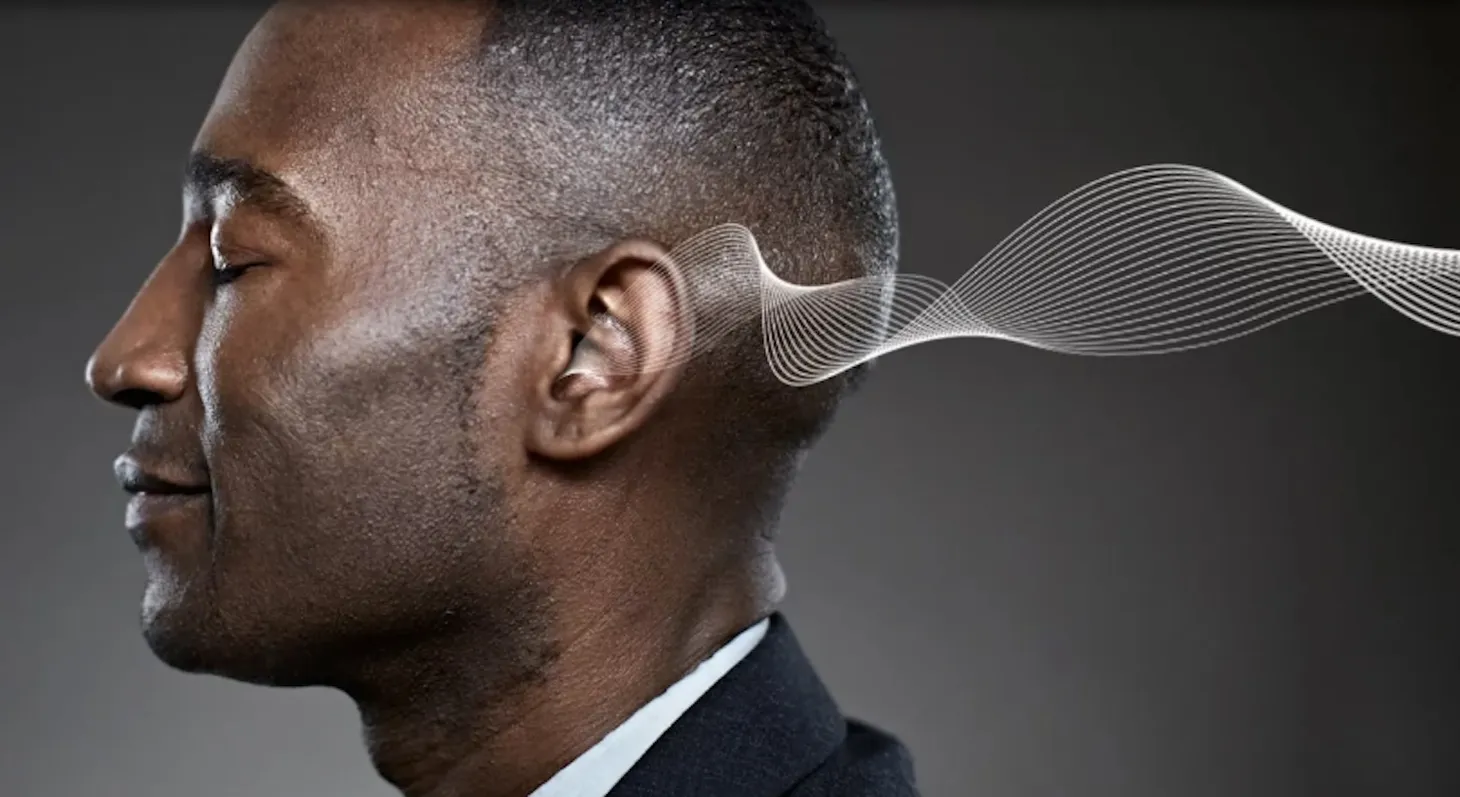Why behind-the-ear hearing aids ran away with the market
Believe it or not, more than 80 percent of prescription hearing aids sit behind the ear rather than in the ear.

Hearing aid stigma persists. I can't tell you how many conversations I've had with first-time hearing aid buyers who initially won't consider "behind-the-ear" (BTE) form factors. Instead, at first they all seem to want "invisible" hearing aids that sit completely in the ear canal (CIC).
Even when I tell them that more than 80 percent of hearing aids today sit behind people's ears rather than completely within their ears, they often don't believe me. But in fact, ever since the early 2000's, when "receiver-in-the-canal" (RIC) hearing aids were first introduced, behind-the-ear form factors have taken the market by storm.
By placing the sound processor in a small package behind the ear and using a thin, nearly invisible wire that connects to a tiny speaker, or "receiver," inside the ear canal, RIC's started a quiet revolution in the hearing aid business. Also known as "receiver-in-the-ear" (RITE), the new form factor was lighter, more comfortable and more attractive than older BTE's. And its thin wire made it near invisible, and the tiny speaker in the ear felt less intrusive than the old BTE ear molds.

Meanwhile, form factors that sit entirely within the ear have steadily lost ground to the new BTE form factors. In the chart above, in-the-ear (ITE), in-the-canal (ITC), and completely-in-the-canal (CIC) form factors shrunk from more than 80 percent of the market in the early 2ooo's to less than 20 percent by 2020. (For a deeper dive into this market phenomenon, read Karl Strom's 2021 analysis in Hearing Reivew.)
A 'Goldilocks' form factor
What's behind this transformation of the market? The RIC form factor proved to be a "Goldilocks" solution. By lightening the load behind the ear and shrinking the in-ear speaker to a featherweight receiver, it proved to be a just-right form factor that solved many of the problems associated with the old bulky and obtrusive behind-the-ear hearing aids. RIC hearing aids offer:
- Improved sound quality and performance: Due to the placement of the receiver close to the eardrum, RIC form factors enable better sound quality for a wider range of hearing loss. This positioning allows for clearer, more natural sound and minimizes occlusion, which can make sound feel "plugged up."
- Comfort and discreetness: Although CIC aids are small and discrete, they can be uncomfortable for prolonged use because they sit fully inside the ear canal. RIC models, on the other hand, have the tiny behind-the-ear component and a small, nearly invisible wire that makes them both comfortable and discreet.
- Adaptability and advanced features: RIC aids generally have more room for advanced technology, such as Bluetooth connectivity, directional microphones, and noise-canceling features. CIC models, due to their size constraints, typically lack many of these features.
In other words, once those first-time buyers try out the new form factors, they are often quickly convinced that a behind-the-ear hearing aid isn't so bad after all. More comfort, none of the feared stigma, and better hearing—what's not to like?
Do in-the-ear hearing aid form factors have a future?
But does all that mean in-the-ear hearing aid form factors are destined for oblivion? Not necessarily. Time and technology march on. Yesterday's bulky technologies are rapidly shrinking to deliver miniature components that will easily be stuffed into earbuds and truly invisible in-the-ear hearing aids.
Sport and consumer audio earbuds for streaming music, podcasts, and phone calls are rapidly being adapted with hearing enhancement technologies for a new class of over-the-counter (OTC) earbud-style hearing aids. And high-end hearing aid manufacturers are improving their smallest designs to overcome many of the limitations of earlier in-the-ear hearing aids.
These developments will be worth many future posts. But I'll leave you with two links that provide insights on the potential future of miniature in-the-ear hearing aids. Lyric hearing aids from Sonova are expensive but about as invisible as can be. In the mid-range price you can find Eargo, an OTC in-the-ear hearing aid which gets enthusiastic customer reviews. And coming in at under $1,000 a pair there are the Sony C20 completely-in-the-canal (CIC) invisible hearing aids.
If you've had any experience with these or other in-the-ear hearing aids, let me know what you think. In the meantime, watch this space.
Hearing Industry Report Newsletter
Join the newsletter to receive the latest updates in your inbox.


